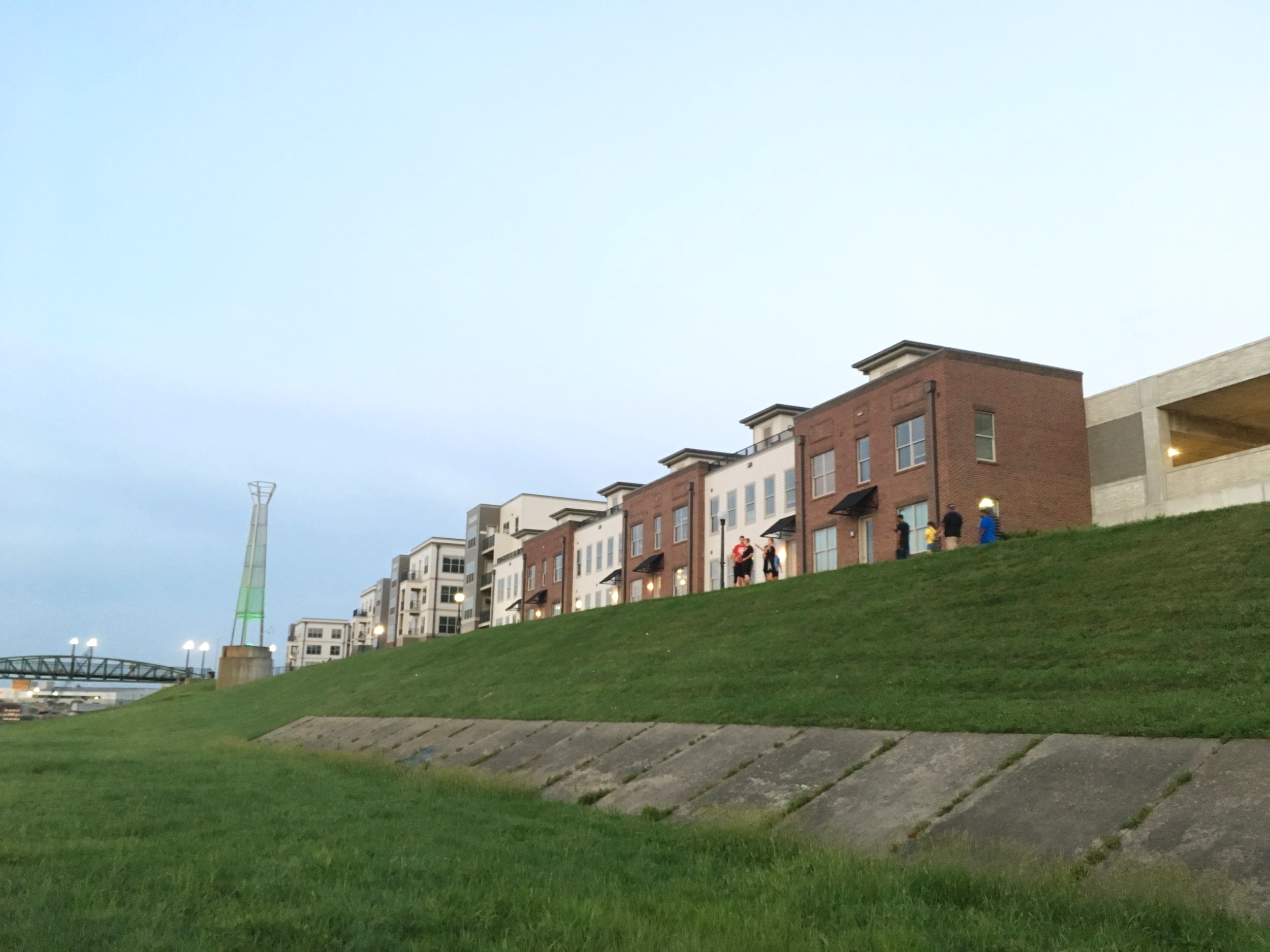By Maria Walliser-Wejebe, GOPC Project Associate
For effective redevelopment strategies, knowing the landscape of opportunity is half of the battle.
The latest Opportunity Atlas was released last week by economists at the research and policy institute, Opportunity Insights, in collaboration with the U.S. Census Bureau. The tool links data from the Census with IRS data, presenting a clear relationship between geographic location and economic mobility. Using the map, the Opportunity Atlas allows users to explore census tracts and adjust demographic information like gender and parent income to see the impacts on various economic outcomes. The Atlas measures data poverty rates and incarceration, finding that children’s outcomes in adulthood vary sharply across neighborhoods that are within a mile or two apart.
The research finds that the hyper-local setting, the environment within one-half mile of a child’s home, has the greatest impact on that child’s economic outcome. That means that a child from a low income family can grow up to earn $5,000 more per year than a low income child one census tract over [1]. The research also concluded that moving from a low-opportunity neighborhood into a high-opportunity one increases the lifetime earnings of low income children by an average of $200,000, citing that the earlier a child is moved, the greater the benefits they receive [2]. However, moving a large sum of people out of low-prospect neighborhoods is not a practical solution to increasing economic mobility, so the researchers at Opportunity Insights are hoping that the data in this latest report will help policymakers improve low-performing areas at the neighborhood-level.
Opportunity Atlas map for Springfield, OH estimates the projected household income for children today by their census tract of residence
The Foundation for the Carolinas in Charlotte, NC is already looking to utilize the findings from the Opportunity Atlas. The Foundation is tackling economic mobility at the county level, hyper focusing on education and family stability, with attention given to remediating the impacts of segregation and disparate access to social capital across Charlotte. The Opportunity Atlas will now help the group shape future decisions, with information available about outcomes in individual census tracts.
Going forward, data from the Opportunity Atlas can be utilized to reveal insights on the mechanisms that drive economic mobility, especially through comparison of neighborhoods which have similar characteristics, but produce different outcomes. Data from the Opportunity Atlas can be used to inform tax credit allocation, educational program placement, and affordable housing policies to improve the outcomes for children living in disadvantaged neighborhoods without threatening affordability. GOPC advocates for place-based solutions to address broader issues of disinvestment and opportunity, and for organizations like us, having data readily available regarding neighborhood-to-neighborhood comparisons of economic outcomes can help us target areas for investment more precisely and measure the success of local endeavors.
Raj Chetty, one of the principal researchers who authored the Atlas report, notes that today, the chance of achieving the American Dream has been halved in comparison to previous generations [3]. He hopes that policymakers and practitioners today can use the Opportunity Atlas to revive economic mobility in their communities. GOPC hopes that the information available through resources like the Opportunity Atlas can help focus cross-sectional efforts aimed at redeveloping unique landscapes of Ohio’s legacy cities and rural communities.




